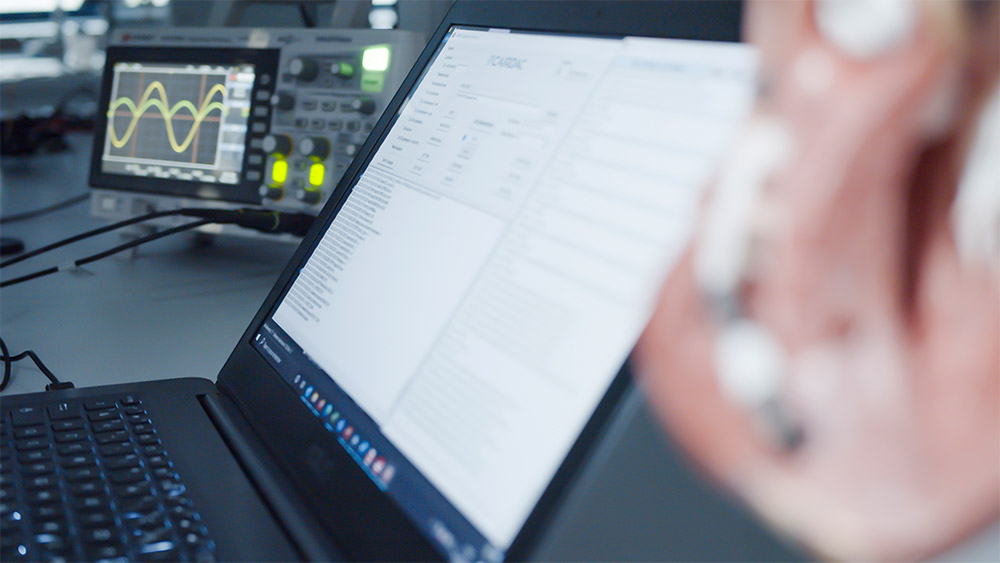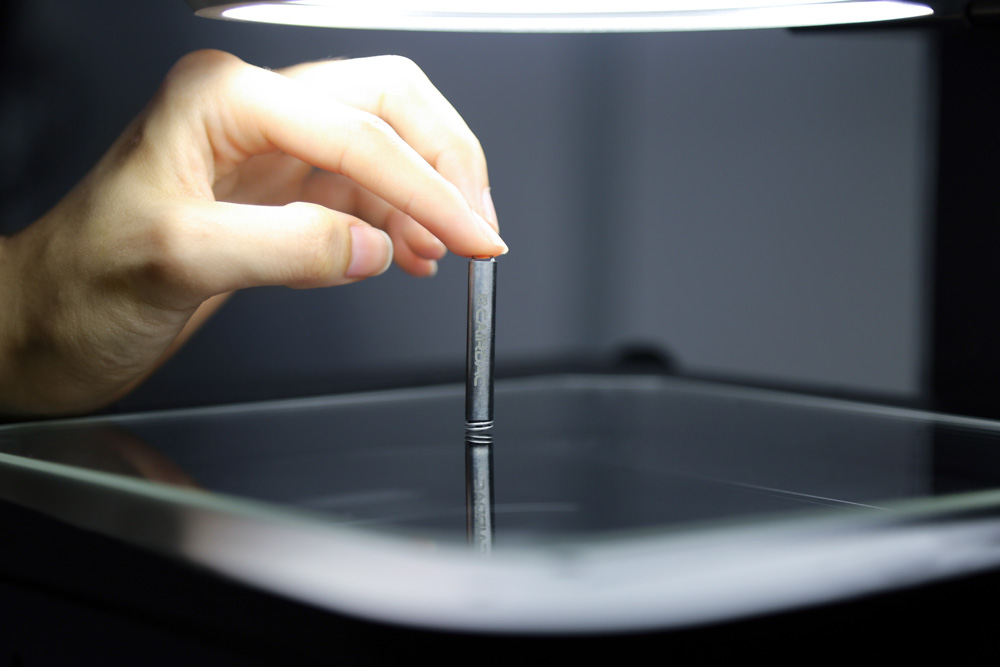ALPSTM, CARDIAC PACING WITH SELF-SUSTAINING ENERGY MANAGEMENT
ALPS™ is the most innovative answer to date for patients and healthcare professionals.
This is an all-in-one cost-effective solution that saves lives and time.
ALPS™ is the only leadless and self-sustainable cardiac pacemaker using an innovative patented harvester technology.
In a standard pacemaker; the device needs to be replaced every 7-10 years on average depending on the patient’s needs. With ALPS™, there is no need to replace it because it is self-sustainable and has a very low energy consumption.

The multiple limitations of traditional solutions
Currently used leadless pacemakers
Leadless pacemaker have been in use for the past few years, but they are limited by their battery life and will therefore also need to be replaced over time, increasing healthcare costs and exposing patients to risks of infections due to repeated implantations.
Conventional pacemakers
The healthy heart has its own pacemaker that regulates the heartbeat’s rate. However, some hearts may require electronic implantable pacemaker to recover a suitable heart rate.
Since the 1960’s pacemakers have been implanted under the skin in the chest and leads are introduced into the heart chambers through the veins (subclavian), they may have one to three leads depending on the type of stimulation (single-chamber / dual-chamber or biventricular) and can be used for brady-arrhythmias, cardiac resynchronization therapy, cardiomyopathy or syncope.
Both solutions are costly as devices will need to be replaced over time requiring surgery, thus increasing the risk of infection for patients.
ALPS™ is the only solution currently answering these problems
CAIRDAC’s pacing system is using a frequency-tuned energy harvester optimized by predictive algorithms to provide self-sustainable autonomous leadless pacing system compatible with long-term implantation.
Its strengths are a direct result of its revolutionary and cutting-edge patented technology. Its many functionalities can be turned on and off according to the patient’s needs without impacting the lifespan of the system.
